Splitting a 120v circuit off of 240v
Jamshed Mulla
9 years ago
Featured Answer
Sort by:Oldest
Comments (22)
Ron Natalie
9 years agoweedmeister
9 years agolast modified: 9 years agoRelated Professionals
North Versailles Electricians · Anderson General Contractors · Coronado General Contractors · Deer Park General Contractors · Keene General Contractors · Linton Hall General Contractors · Point Pleasant General Contractors · Seguin General Contractors · Sulphur General Contractors · Tabernacle General Contractors · Universal City General Contractors · Peabody Solar Energy Systems · Keller Home Automation & Home Media · Newport Beach Home Automation & Home Media · Ocala Home Automation & Home MediaJamshed Mulla
9 years agolast modified: 9 years agoRon Natalie
9 years agoJamshed Mulla
9 years agolast modified: 9 years agoRon Natalie
9 years agoJamshed Mulla
9 years agolast modified: 9 years agoRon Natalie
9 years agoJamshed Mulla
9 years agolast modified: 9 years agoRon Natalie
9 years agoJamshed Mulla
9 years agolast modified: 9 years agoRon Natalie
9 years agoJamshed Mulla
9 years agolast modified: 9 years agoRon Natalie
9 years agoPyewacket
9 years agolast modified: 9 years agoRon Natalie
9 years agoRon Natalie
9 years agobus_driver
9 years agolast modified: 9 years agoPyewacket
7 years agoJamshed Mulla
7 years agoRon Natalie
7 years agolast modified: 7 years ago
Related Stories

GREEN BUILDINGOff the Grid: Ready to Pull the Plug on City Power?
What to consider if you want to stop relying on public utilities — or just have a more energy-efficient home
Full Story
LIFE6 Ways to Cool Off Without Air Conditioning
These methods can reduce temperatures in the home and save on energy bills
Full Story
LIFEHouse Rule: Off With Your Shoes
Do you prefer your guests to go shoeless in your house? Here are some ways to encourage stockinged feet
Full Story
MOST POPULARHouzz Tour: Going Off the Grid in 140 Square Feet
WIth $40,000 and a vision of living more simply, a California designer builds her ‘forever’ home — a tiny house on wheels
Full Story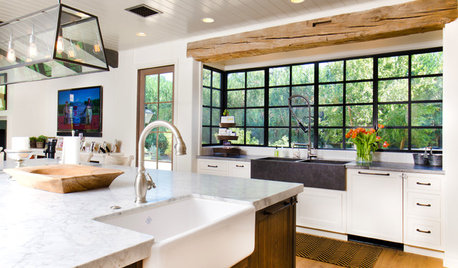
REMODELING GUIDES5 Trade-Offs to Consider When Remodeling Your Kitchen
A kitchen designer asks big-picture questions to help you decide where to invest and where to compromise in your remodel
Full Story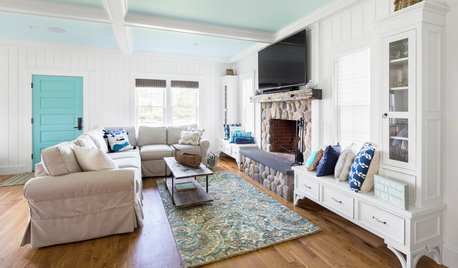
MOST POPULARDesign Debate: Is It OK to Hang the TV Over the Fireplace?
In the spirit of the upcoming political debates, we kick off a series of conversations on hotly contested design topics
Full Story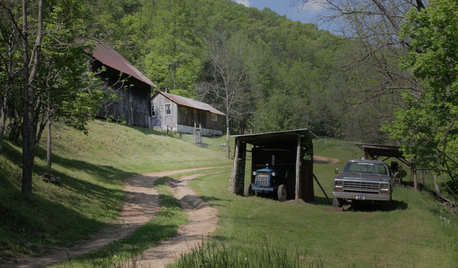
TASTEMAKERSNew Series to Give a Glimpse of Life ‘Unplugged’
See what happens when city dwellers relocate to off-the-grid homes in a new show premiering July 29. Tell us: Could you pack up urban life?
Full Story
PRODUCT PICKSGuest Picks: Score Points With a Minecraft-Inspired Bedroom
Get rave reviews from your kids with bedroom furniture and accessories that stave off zombies and have winning style
Full Story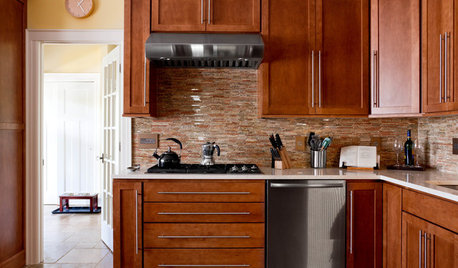
WORKING WITH PROSInside Houzz: No More Bumper Cars in This Remodeled Kitchen
More space, more storage, and the dogs can stretch out now too. A designer found on Houzz creates a couple's just-right kitchen
Full Story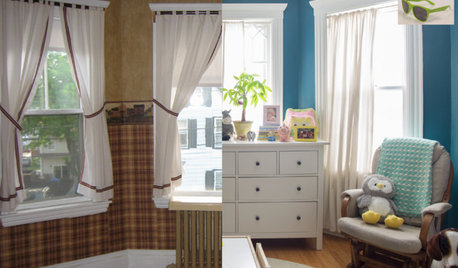
HouzzLenz: The New Way to See Your Home
This amazing new technology promises to revolutionize home design. Here’s how it works
Full Story






Pyewacket